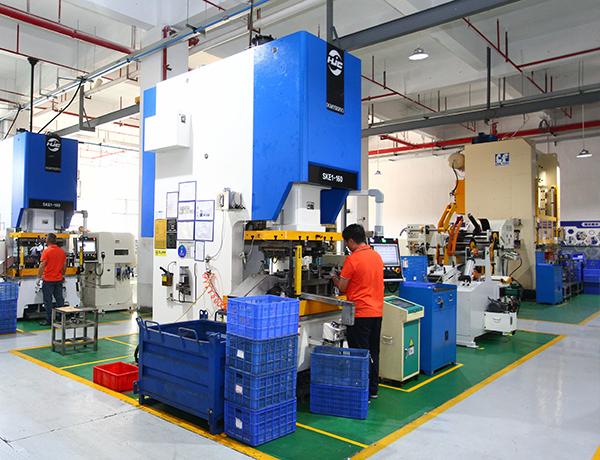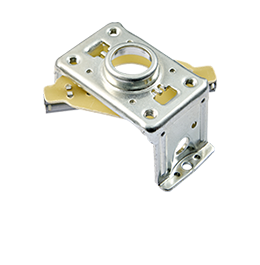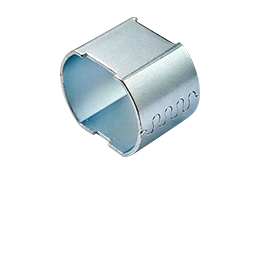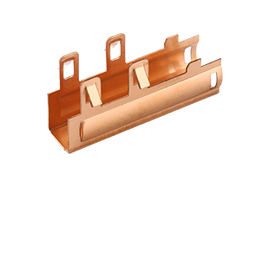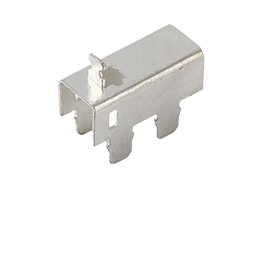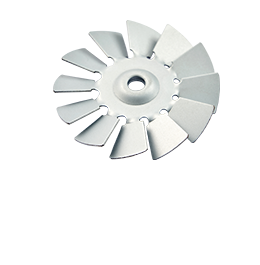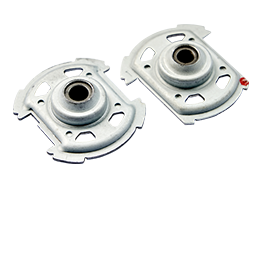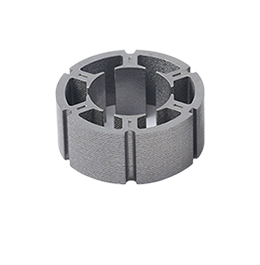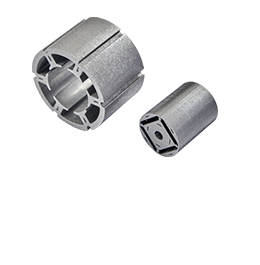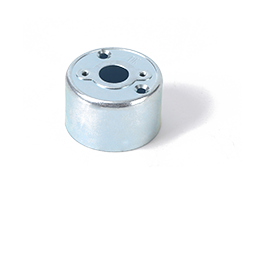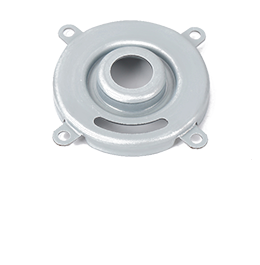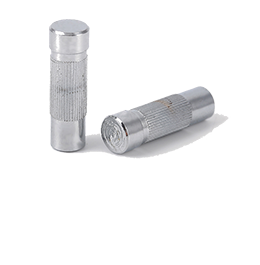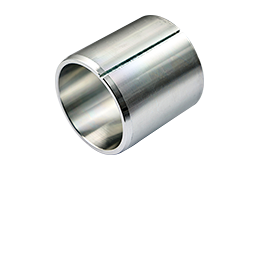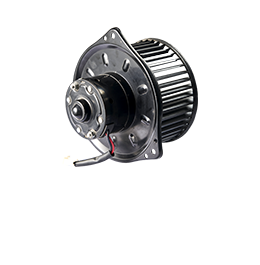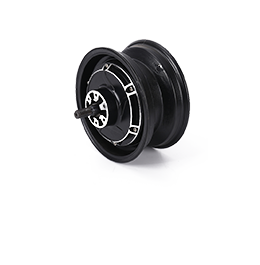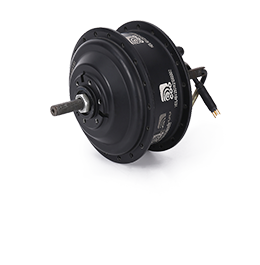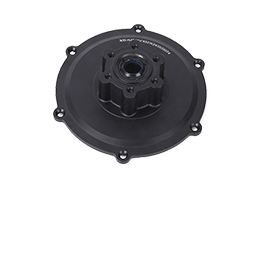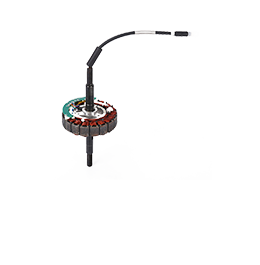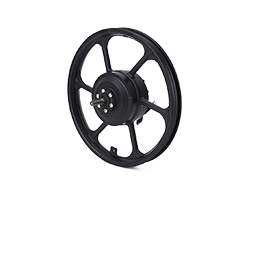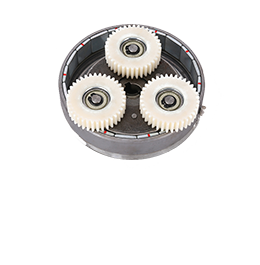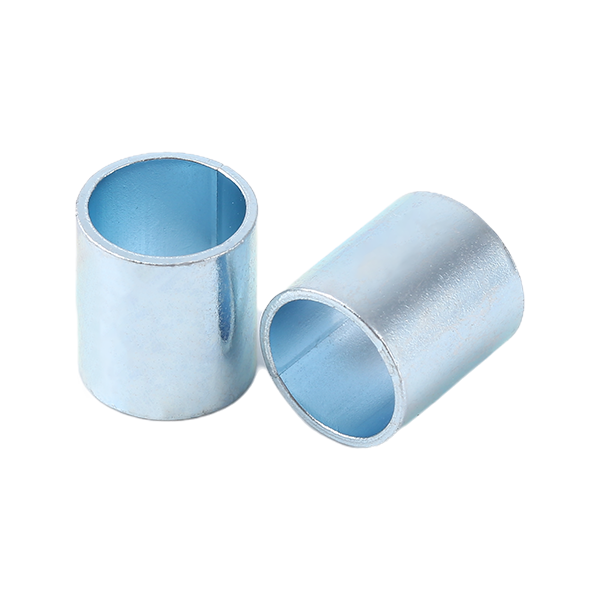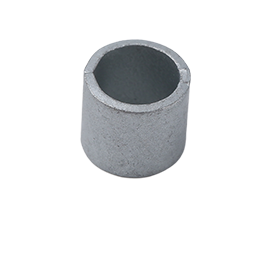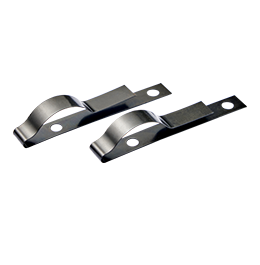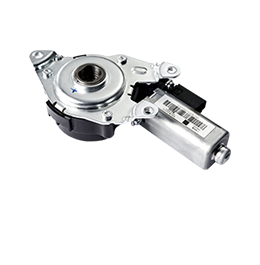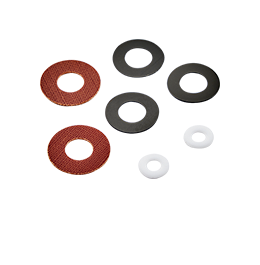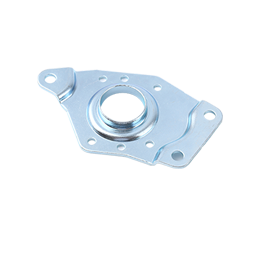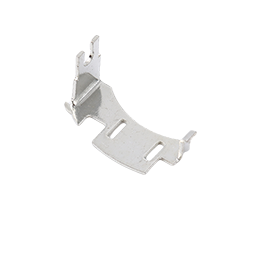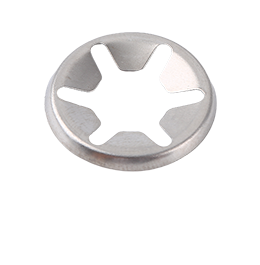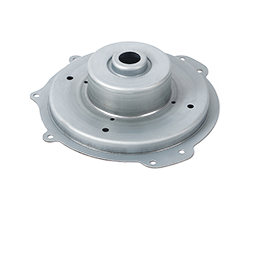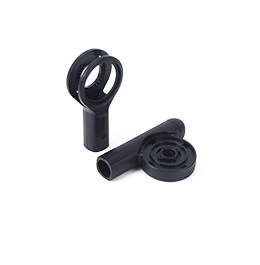What are the six common hardware stamping methods?
2024-07-19()Views
Depending on the shape of the part or product, hardware stamping involves a variety of different processes, each different from the other. These processes are used to realize complex and detailed designs for parts and products in industries that include aerospace, consumer products, automotive, aviation, electronics, food and beverage, and more. It is often unlikely that one method of hardware stamping can be used to manufacture a part, as each process involves crafting a specific design.
Many stamping techniques involve processes such as extrusion, stretching, and ribbing. Each technique involves a mixture of processes to achieve the desired part. All of these methods are performed at room temperature and usually involve minimal or zero heat. Hardware stamping is typically a cold forming manufacturing process that involves the use of several tools and equipment, such as stamping machinery (presses), dies, etc., to form complex shapes and appearances.
With this in mind, we will discuss some of the most popular hardware stamping processes used by manufacturers.
Punching Method
The punch method is a common hardware stamping process. A sheet of metal is held in place, or more accurately, on a workbench. Using different tools and machines, a hole is formed in the sheet metal, creating a series of different hollow areas in the sheet metal. Punching is a little different because after the hole is punched in the sheet metal, the part with the hole is removed and no longer used.
To ensure that there is no distortion of the sheet metal, punching must be a continuous process. The area around the punched hole must be precisely designed. The machines used in this hardware stamping process are made of high carbon steel and must be thoroughly maintained so that there are no dulled or passivated areas, which could potentially distort the shape of the sheet metal.
Drop Feed Method
There isn't much difference between drop-feeding and punching - however, one big difference is that the punched sheet is not thrown away. It is the punched sheet that is the final component. Many hardware stamping companies usually do the punching before doing anything else to the project. Once the drop stock is complete, the manufacturer then proceeds to other hardware stamping stages, such as extrusion and bending.
Drop stock essentially involves fabricating sheet metal - usually on small or medium-sized sheets of metal cut from larger pieces. This is a particularly advantageous process when it comes to high-volume manufacturing, as it is easy and leads to making high-quality and accuracy-based cuts.
However, in some cases, the sheet metal may contain undesired edges or burrs. This is a common problem; however, sharp edges and burrs are eventually removed through several processes such as thermal deburring, manual deburring, and/or vibratory methods.
Stretching Methods
When it comes to hardware stamping, some manufacturers also use a process known as stretching. The method basically involves firmly fixing the ends (opposite ends) of a sheet of metal. The next step is to place the sheet metal on top of a mold with a cross-sectional shape. Through a powerful stamping process, the die produces a punch that pushes the sheet onto the machine. This helps to develop the cross-sectional shape of the machine, sufficiently deforming the sheet metal to meet the requirements.
The method of drawing can also be categorized into two other processes known as deep drawing and shallow drawing. These are similar processes that achieve the desired depth in the sheet metal. For example, in the shallow stretching process, the radius of the main metal plate will always correspond to the depth of the stretch, which means that it will be equal.
On the other hand, deep drawing essentially involves cupping cuts in the sheet metal to form different products. In deep drawing, the total radius of the sheet metal is much smaller compared to the depth at which the drawing will take place.
Extrusion Method
The extrusion method in hardware stamping is a typical process used by manufacturers to create products and parts in extruded shapes. The extrusion method involves a “closed die” manufacturing technique. In this case, sheet metal is used as a single unit or extruded into parts. The process involves two separate dies that are positioned to gradually come together at the ends of the sheet metal to form a coin shape.
One of the greatest benefits of the extrusion method is that it is very effective in manufacturing a wide variety of metal parts and products with varying amounts of tolerance. It is also a relatively straightforward technique for quickly and reliably creating deformations (often permanent) in a product. This essentially makes the part or product highly resistant to deep physical wear and strong impacts.
Tongue Cutting
The tongue-cutting technique is completely different from the drop and punch methods. How so? Well, tongue cutting involves a unique hardware stamping process that doesn't involve removing any metal parts from the sheet. The punch and die process is set up to make a deep slit in the metal surface. This is done to avoid creating any metal scrap - for example, metal plugs that need to be disposed of or removed in the post-processing stage!
Latest News
-
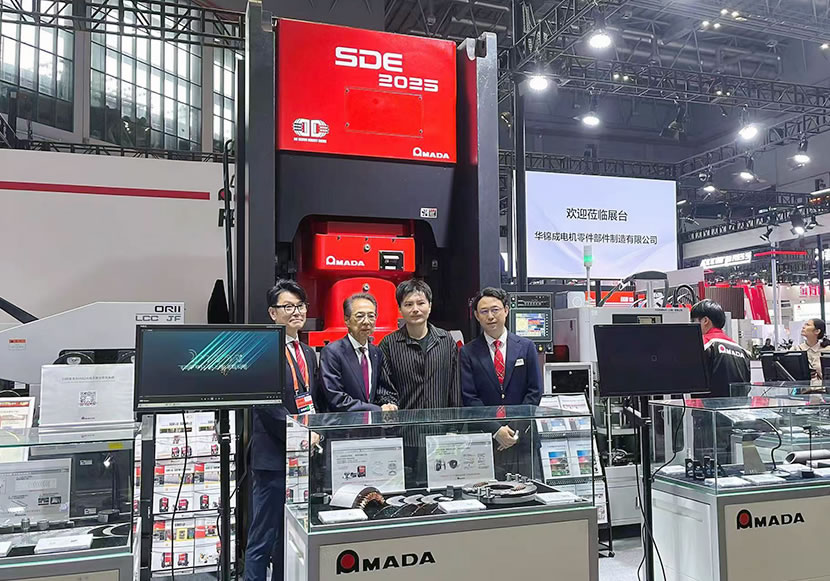
Hua Jincheng...
(or its Dongguan branch) is an e...
-

Exploration ...
Strengthening technological rese...
-
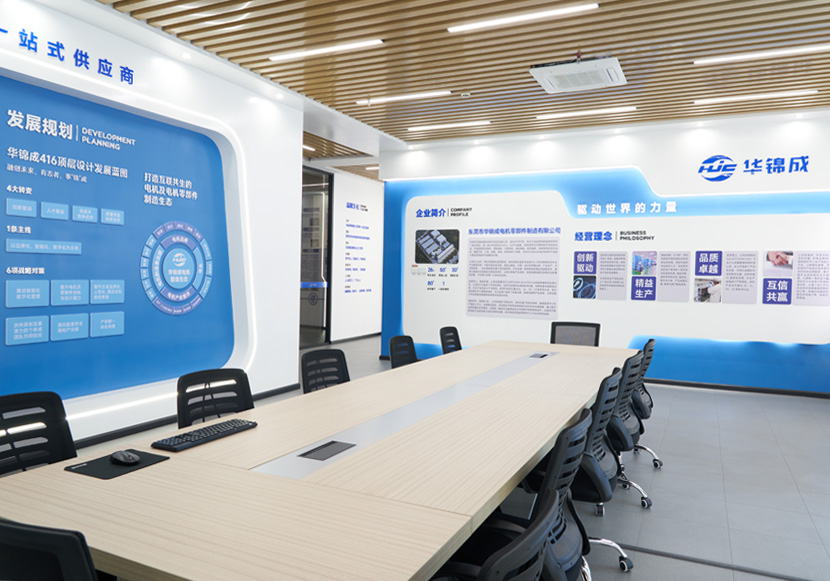
Huajincheng ...
Huajincheng Electric is mainly r...
-
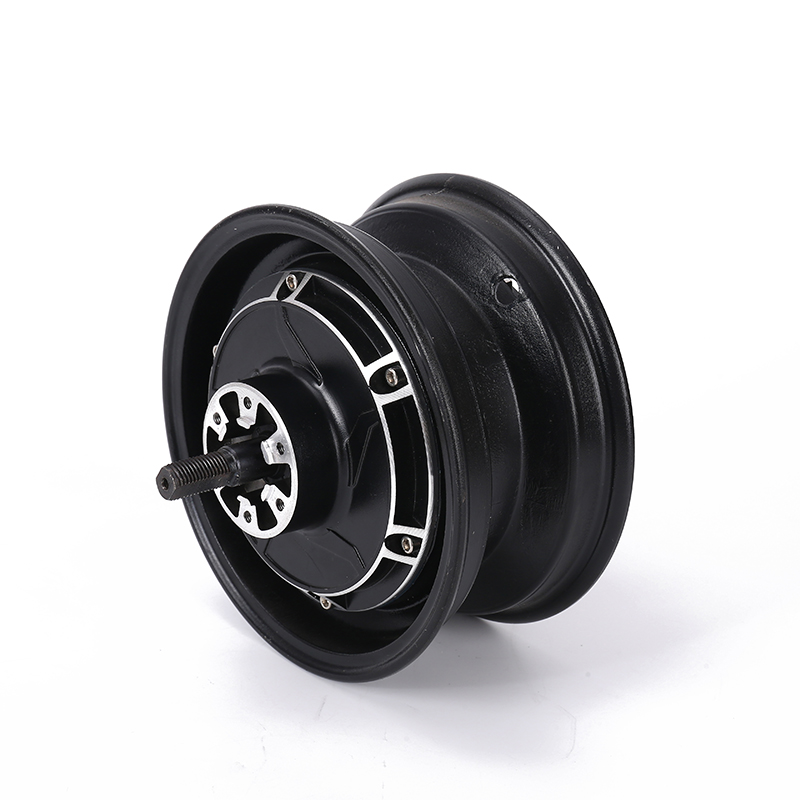
How to recog...
Because there are many raw mater...
-

Definition o...
Valves not intended for use with...
-
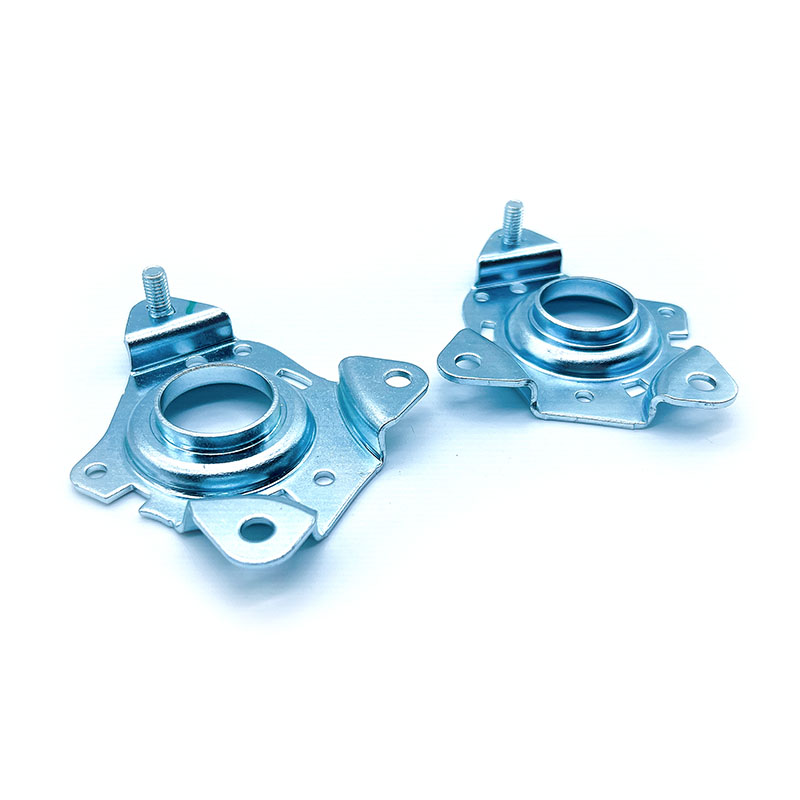
What are som...
Selection of wheel material: fir...
86 159-1379-7791
Cell phone:159-1379-7791(WeChat)
Telephone:0769-39029833
Email:huqihua@hjcmotor.com
Address:Room 101, Building F3, No. 215, Yuehai Avenue, Xiegang Town, Dongguan City, Guangdong Province, China





